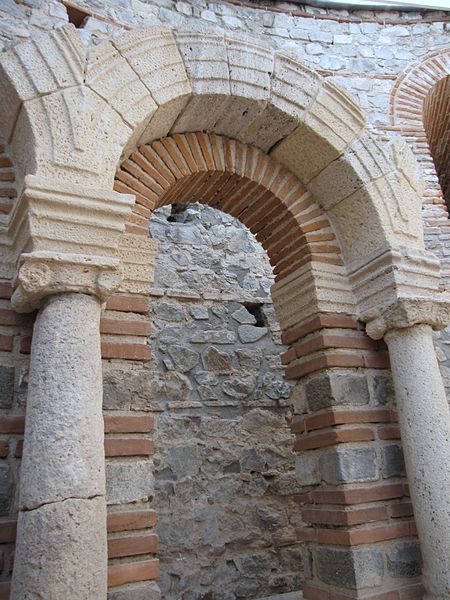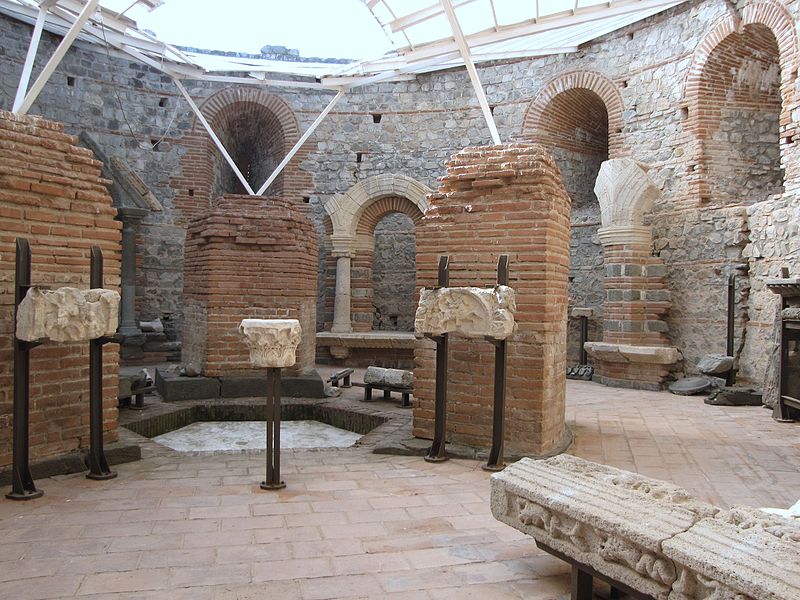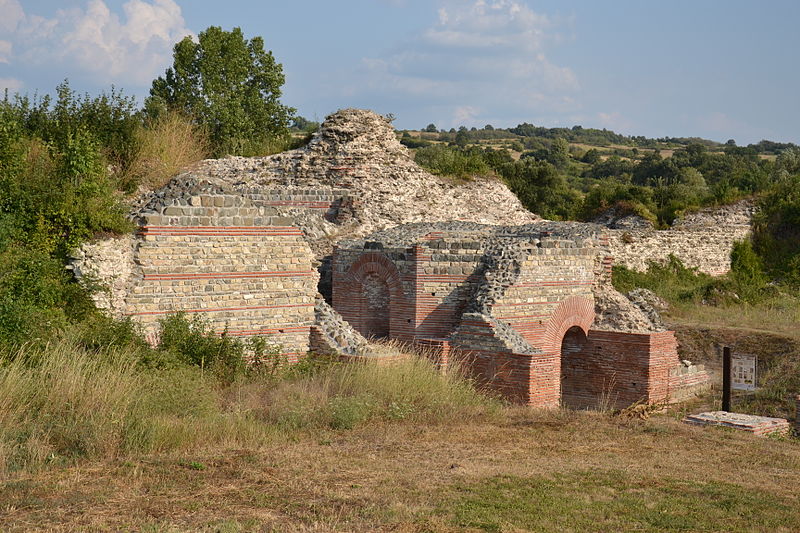Gamzigrad, Zaječar

Facts and practical information
Nestled in the vicinity of Zaječar, a charming city in eastern Serbia, lies the ancient Roman complex of Gamzigrad, an archaeological site of significant historical importance. Known also as Felix Romuliana, named after Emperor Gaius Valerius Galerius Maximianus, for whom the palace was erected, Gamzigrad stands as a testament to the grandeur of the Roman Empire in the Balkan region.
The complex, a UNESCO World Heritage site since 2007, boasts the remnants of a once-magnificent palace, along with temples, fortifications, and an array of public buildings that paint a vivid picture of imperial might and architectural prowess. Dating back to the late 3rd and early 4th centuries AD, Gamzigrad is particularly renowned for its well-preserved mosaics, which are considered among the finest examples of late antique art.
Visitors to Gamzigrad will find themselves transported back in time as they wander through the ruins, exploring the imperial compound where Emperor Galerius spent his final years. The site's layout reflects the typical Roman urban design, with a rectangular plan intersected by two main streets and fortified with strong defensive walls to ward off potential threats.
The Gamzigrad-Romuliana Palace is also notable for its spiritual significance, as it is believed to have been built on the birthplace of Emperor Galerius and later served as his mausoleum. The complex therefore provides a unique blend of secular and sacred architecture, offering insights into the religious customs and burial practices of the time.
For those interested in delving deeper into the history of Gamzigrad, the nearby Zaječar National Museum houses an extensive collection of artifacts unearthed from the site. These include sculptures, coins, and other objects that help illustrate the daily life and cultural milieu of the inhabitants of Felix Romuliana.







